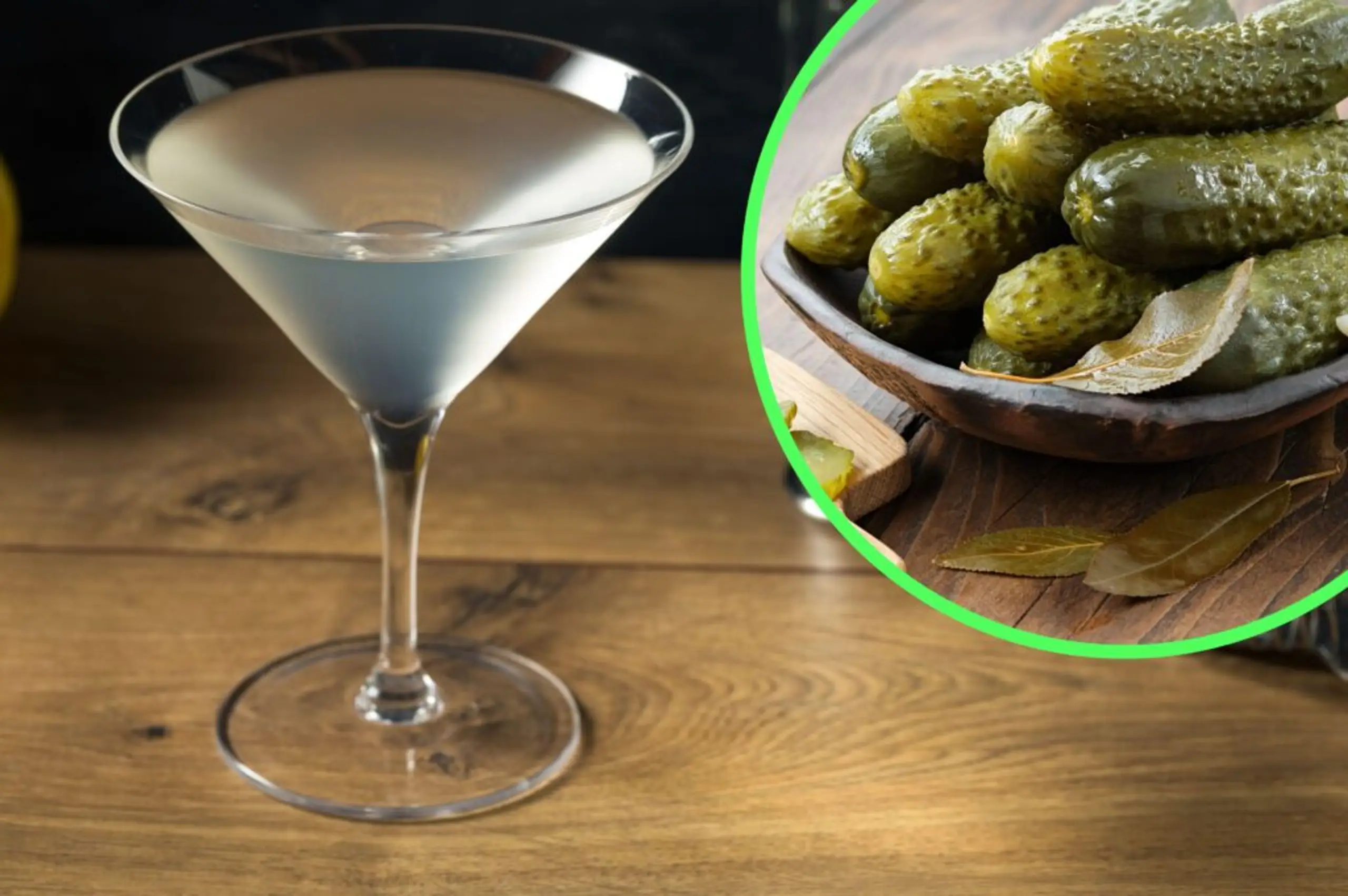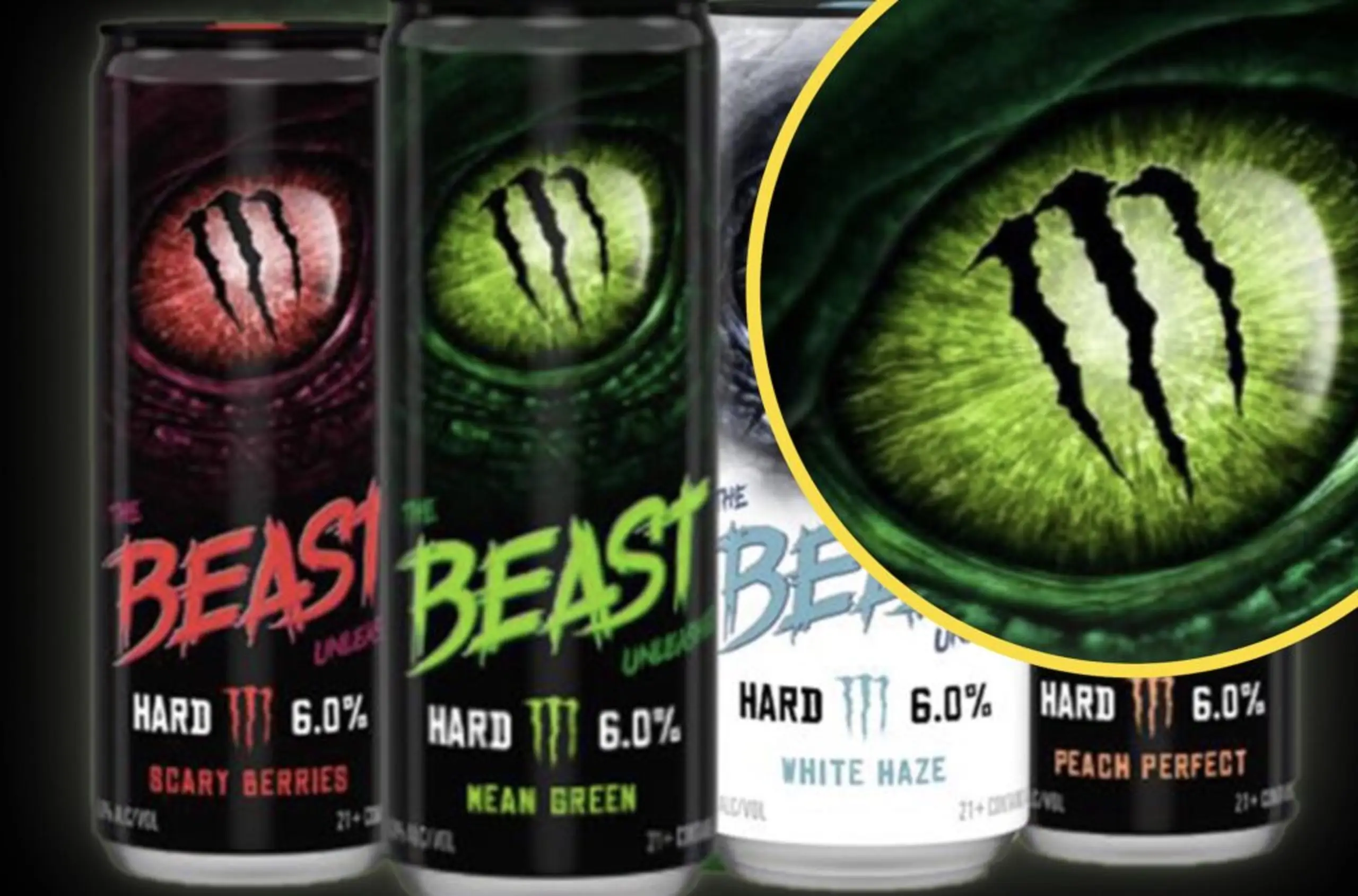Uncategorised
The unbelievable true story behind Glasgow’s ‘ice cream wars’
26 Jul 2018
5m
In the relative comfort of an office block, it can be easy to forget that there are many who run far greater workplace risks than being caught playing solitaire by their boss. From soldiers to deep sea fishermen, there are hundreds of careers that come complete with a worrying mortality rate. As cowardly members of society, it’s relatively easy for the rest of us to identify and ignore these scary alternatives. Unfortunately, it turns out that there are a few professions that may seem innocent, but actually have danger lurking around every corner. One of these is selling ice cream.
Though the jolly jingle of an ice cream van is one of the most stirring sounds in every childhood, ice cream vendors have long been at the centre of the urban criminal underworld. As a feature synonymous with city life and the last thing that many would expect to be involved in illegal activity, the ice cream van has helped give criminals the perfect cover to hide in plain sight. With a front of frozen treats, the vans have variously been used to courier everything from firearms to narcotics. In 2013, a man was arrested in New York City for using his vehicle as a front for selling painkillers and cocaine. What better way to travel around undetected than in the guise of a giant Mr Whippy?
Despite their surprising criminal connections, there was a time when ice cream vans were the lifeblood of a local community. Before the proliferation of corner shops and local convenience stores spread across the UK, ice cream trucks serviced neighbourhoods with everything from groceries to toilet paper. Low-income families living in the rapidly expanding new housing estates of England and Scotland in the 70s and early 80s relied on the service for ready access to essential amenities. This was the golden age of the ice cream van.
This booming business meant that some serious money began flowing through the ice cream industry. At its peak, estimates suggest that an ice cream vendor could make upwards of £400 per day. Given the shady connections with an existing foothold in some corners of the market, coupled with the profession’s unprecedented financial success, it’s unsurprising that ice cream soon began to attract some unwanted attention. Before long, the friendly trucks blasting out “The Entertainer” to a ravenous audience were being taken over by violent thugs.
No city was more adversely affected by the criminalisation of the ice cream industry than Glasgow. Rival gangs operating across the city soon staked their claim on different routes, carving out ice cream fiefdoms that became centres for crime as well as Flake 99s. Any encroachment onto another gang’s territory was taken extremely seriously, and conflict began to flare along arbitrary dividing lines. Anyone caught selling ice cream, or anything else from the back of an ice cream truck, could expect serious consequences from the newly established ice cream mafia.
In the early days of the ice cream turf wars, a territorial invasion usually resulted in physical violence. Vans would be attacked with baseball bats and sticks, and stones would be thrown towards anyone who looked like they didn’t belong. This included innocent vendors who had nothing to do with the criminal activity of their peers. Often, gangs would manage several different van operations at once, leading to large scale conflicts as vendors fought to remain solvent in a competitive market.
As more money began to flow, the violence increased. Before long, the gang members had graduated to using shotguns and revolvers rather than relying on rocks and sticks. At the time, it was unusual to find an ice cream van that wasn’t armed to the teeth. A BBC documentary interviewed a “convicted van smasher” who recalled that ice cream van gangs would hunt in packs, fiercely defending their territory from the advances of other operations. The escalating conflict was coming to a head.
That head arrived in 1984. Eighteen-year-old ice cream vendor Andrew Doyle, who had refused to be coerced by the powerful Marchetti gang into selling drugs from his van, broke ranks and went to work in a local housing estate currently under the gang’s control. When gang members approached him and asked him to either sell their merchandise or get out, Doyle angrily refused. Even the usual tactics of shotgun blasts and baseball bats did nothing to dissuade him. The Marchettis then took drastic action.
A so-called “frightener” was planned, designed to intimidate Doyle into falling into line. At 0200 on the morning of April 16, the gang doused the door of Doyle’s flat in petrol and set it alight. The resulting blaze killed six people, including Doyle and his 18-month-old nephew, who had been asleep in the flat at the time. The subsequent legal hunt saw the mistrial and false conviction of two other ice cream vendors, who would only be released and pardoned after spending 20 years in prison.
The tragic murder of Andrew Doyle was a seminal moment in the ice cream wars. The national outcry forced the authorities to take serious action. For the first time, the police – who had been given the derogatory nickname of “Special Chimes Squad” for their failure to do anything about the dessert-related violence – seemed to take the ice cream wars seriously. Eventually, thanks to greater efforts by law enforcement and the rise of convenience shopping, ice cream vans ceased to be the linchpins of criminal life that they had been. After a few more sporadic outbursts of violence, the ice cream wars finally drew to a close.
With so many concerns about what we’re eating and our generally abysmal dietary decisions, it’s easy to think that the only way ice cream can kill you is through the slow advance of obesity. But, as the hidden history of the ice cream wars proves, there’s a whole lot more to the profession than meets the eye. Though we may now have moved on from gang warfare, this story proves that no matter what you may think you know about a profession, you can never tell what might be going on underneath the surface.



